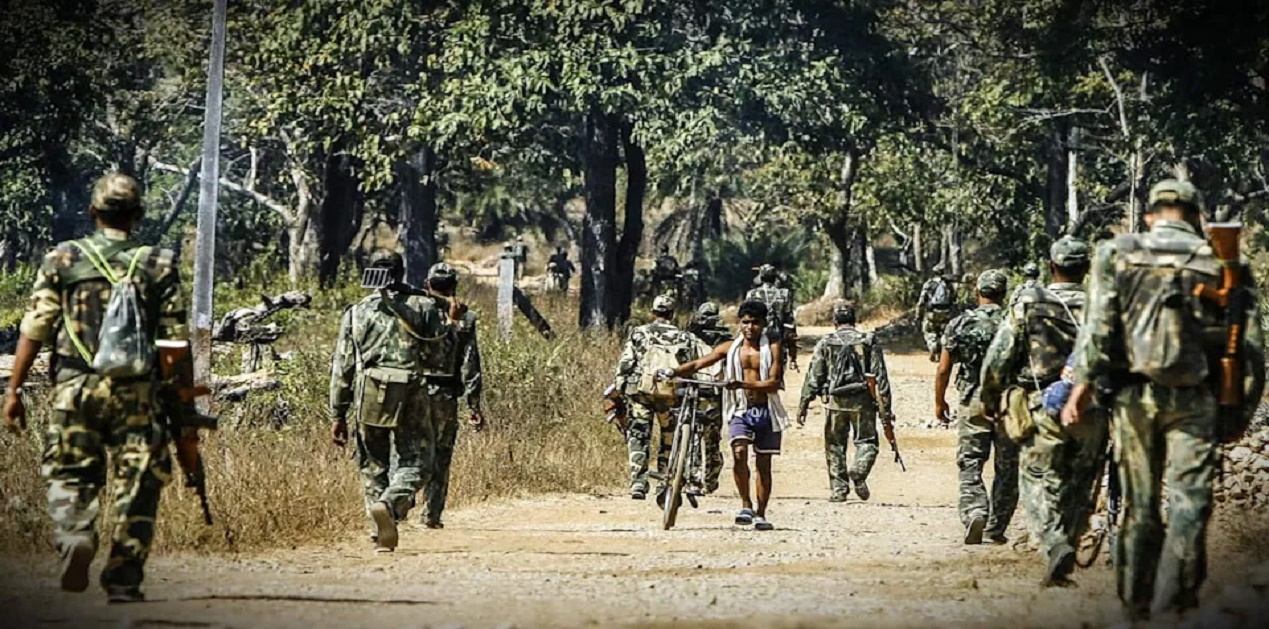In the battle against Maoist insurgents, recent developments underscore India’s evolving counterinsurgency strategy. Security forces dealt a significant blow to the Maoists with the killing of at least 29 insurgents in Chhattisgarh’s Bastar region. This operation reflects ongoing efforts to combat the insurgency and maintain security in affected areas.
The Maoists, while witnessing a decline in political and ideological influence, continue to pose a threat to security forces, as evidenced by recent attacks targeting paramilitary personnel. Despite sustained military pressure, the insurgents retain the capacity to mount effective assaults, highlighting the complexity of the conflict.
India’s approach to countering the Maoist insurgency encompasses both military operations and efforts to address socio-economic grievances among affected communities. Past strategies, such as arming tribals in flawed campaigns like the Salwa Judum, have been replaced by initiatives to expand the welfare state’s reach into previously inaccessible areas. This shift aims to undermine Maoist propaganda and weaken their support base among tribal populations.
Challenges persist, particularly in states like Chhattisgarh, where ongoing conflict has fueled discontent among certain tribal groups. Civil society and peace activists have attempted to facilitate dialogue and encourage non-violent means of pursuing objectives. However, the Maoists’ steadfast adherence to violence and resistance to peaceful engagement prolong the conflict, highlighting the need for continued efforts to address the root causes of insurgency and achieve lasting peace.






